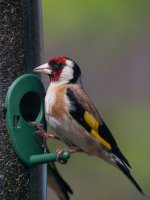Tord
Well-known member
Hi
After seeing what can be achieved with refractor scopes, a fellow photographer asked me if a Dobsonian scope could be used for wildlife/bird photography.
E.g. this scope that he acquired recently for astrrophotography, and what adapters would be required.
Could anone here answer his question?
Thanks,
Tord
After seeing what can be achieved with refractor scopes, a fellow photographer asked me if a Dobsonian scope could be used for wildlife/bird photography.
E.g. this scope that he acquired recently for astrrophotography, and what adapters would be required.
Could anone here answer his question?
Thanks,
Tord




